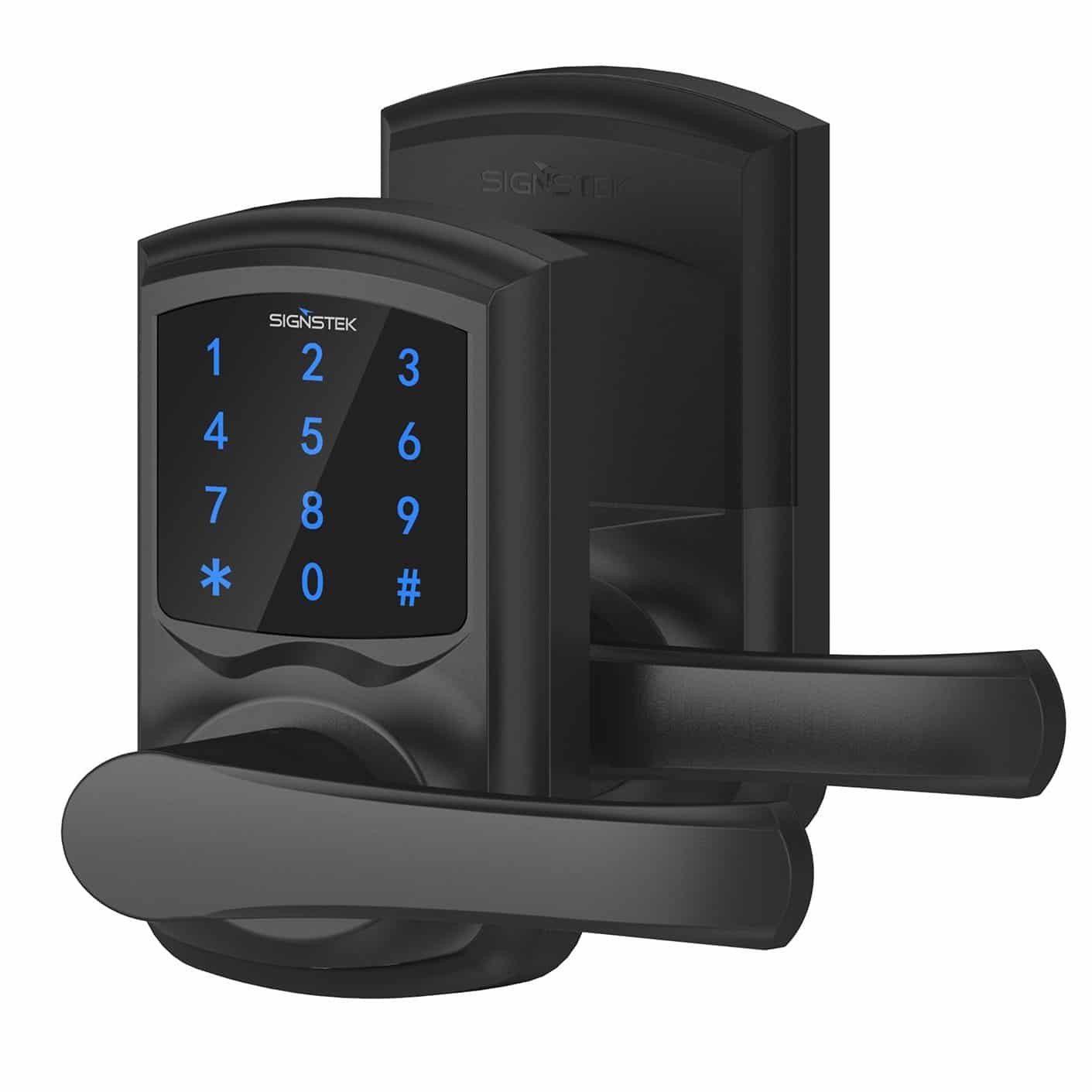Why Use a Padlock on Your Bedroom Door?: Padlock For Bedroom Door

Adding a padlock to your bedroom door can significantly enhance your privacy and security, especially in shared living situations. It provides an extra layer of protection for your personal belongings and creates a sense of personal space, ensuring you have control over who enters your room.
Scenarios Where a Padlock is Beneficial
A padlock on your bedroom door can be particularly helpful in various scenarios, such as:
- Roommates: In shared living spaces, a padlock can help establish clear boundaries and prevent unwanted access to your belongings. It allows you to maintain privacy and control over your personal space, even when sharing a living area with others.
- Shared Living Spaces: Whether it’s a dormitory, a guest house, or a shared apartment, a padlock can provide an extra layer of security for your belongings. It helps to deter theft and ensures that only authorized individuals can access your personal items.
- Concerns About Personal Belongings: If you have valuable items or sensitive documents in your bedroom, a padlock can provide peace of mind by deterring unauthorized access. It adds an extra level of protection, ensuring that only you have access to your belongings.
Choosing the Right Padlock
The type of padlock you choose will depend on the material of your bedroom door and the level of security you desire. Here are some factors to consider:
- Material: If your door is made of wood, a standard padlock with a shackle made of hardened steel will be sufficient. However, for metal doors, a padlock with a reinforced shackle and a pick-resistant lock mechanism is recommended for greater security.
- Size: The size of the padlock should be appropriate for the door’s thickness and the size of the hasp or eyelet. A larger padlock provides more security, but it might not be suitable for all doors.
- Security Features: Consider features like pick-resistant cylinders, hardened steel shackle, and tamper-proof designs to enhance the padlock’s security.
Types of Padlocks for Bedroom Doors
Choosing the right padlock for your bedroom door depends on your security needs and preferences. Different types of padlocks offer varying levels of security, convenience, and features. Here’s a breakdown of the most common types and their suitability for bedroom doors.
Key Locks
Key locks are the most traditional and widely available type of padlock. They are typically made of metal and have a keyhole that requires a specific key to unlock.
- Features: Key locks are generally durable, reliable, and affordable. They offer a good level of security, especially when paired with a sturdy padlock.
- Pros: Simple to use, readily available, and relatively inexpensive.
- Cons: Requires carrying a key, can be susceptible to picking or bumping if the lock isn’t high-quality, and losing a key can be inconvenient.
- Installation: Key locks are straightforward to install. You’ll need to choose a padlock with a shackle size that fits your door’s thickness and a keyhole that aligns with the latch. Secure the padlock to the door using a screw or bolt, depending on the type of lock.
Combination Locks, Padlock for bedroom door
Combination locks use a sequence of numbers instead of a key to unlock. They are often used for luggage, gym lockers, and other applications where a key might be inconvenient.
- Features: Combination locks offer a good level of security, as they don’t rely on a key that can be lost or copied. They can be more convenient than key locks as you don’t need to carry a key.
- Pros: Keyless, relatively affordable, and convenient for those who don’t want to carry a key.
- Cons: Can be more difficult to use than key locks, especially if you forget the combination. Some combination locks can be vulnerable to picking or manipulation, especially if they are low-quality.
- Installation: Installing a combination lock on a bedroom door is similar to installing a key lock. Ensure the shackle size is suitable for your door thickness, and secure the lock using a screw or bolt.
Smart Locks
Smart locks are the most advanced type of padlock. They typically use Bluetooth, Wi-Fi, or a combination of both to unlock via a smartphone app.
- Features: Smart locks offer the highest level of convenience and security. They allow you to unlock your door remotely, track access history, and set access permissions for others.
- Pros: Convenient, secure, and offer remote access capabilities.
- Cons: Can be more expensive than traditional locks, require a smartphone and internet connection, and may be susceptible to hacking if not properly secured.
- Installation: Installing a smart lock on a bedroom door requires more technical expertise than installing a traditional lock. It usually involves replacing your existing door latch with a smart lock mechanism. You may need to consult with a professional electrician or locksmith for installation, depending on the specific lock and your door setup.
Safety Considerations for Using Padlocks

While padlocks can enhance your bedroom’s security, it’s crucial to consider potential risks and implement safety measures to prevent accidents and ensure effective protection. Using a padlock without proper awareness and precautions can lead to unintended consequences.
Accidental Locking
Accidental locking can occur when the padlock is inadvertently left engaged, potentially trapping you inside your room. To mitigate this risk, it’s essential to choose a padlock with a keyhole that is easily accessible from both inside and outside the door.
- Consider a padlock with a keyhole on both sides, allowing access from either side of the door.
- Maintain a spare key in a safe and accessible location, preferably outside your bedroom, to prevent being locked out.
- Train family members or roommates on how to use the padlock and its key, ensuring they understand its operation and potential risks.
